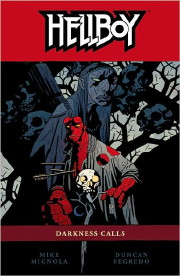Manga Friday: Girls and Boys, Boys and Boys
 This week’s "Manga Friday" features titles from two Aurora imprints that are for adults only. I’ll try to keep the review itself safe for somewhat younger readers, but, if you’re twelve or so, picture me shaking my finger sternly at you and saying you should move on to something more age-appropriate.
This week’s "Manga Friday" features titles from two Aurora imprints that are for adults only. I’ll try to keep the review itself safe for somewhat younger readers, but, if you’re twelve or so, picture me shaking my finger sternly at you and saying you should move on to something more age-appropriate.
Next week should see Manga Friday return to a variety mix, so you kids can come back then.
Most of the manga that get translated for the US market are either shonen (boys’ comics, like Naruto and Bleach
) or shojo (girls’ comics, like Fruits Basket
) – stories for tweens and young teens, mostly. (That’s the biggest audience for manga in Japan, too, so there’s more of those kinds of stories to translate to begin with.)
But there are also seinen (stories for “men” – mostly in their twenties – like Lone Wolf and Cub) and, the smallest subset, josei (stories for adult women). The books this week are all josei, roughly the Japanese comics equivalent of American romance novels.
(My initial plan was to review two redikomi – books about boy-girl romances, with some tasteful sex – and then two yaoi – boy-boy romance stories for a female audience. But I only managed to get through one yaoi book, so there are only three reviews here this week.)
Love for Dessert
By Hana Aoi
Aurora/Luv Luv, May 2008, $10.95
Love for Dessert has six stories, all with a (sometimes very loose) food theme – the title story sets the tone. Koyama is a young woman who’s just gotten a full-time job at a big ad agency, working for a tough young boss, Kuze.
She’s also been befriended by “Morimoto from Sales,” who indulges her sweet tooth, and eventually (once the big rush job, which has been causing agida and getting Koyama behind, even after lots and lots of overtime, is done) gets her drunk and tries to seduce her.


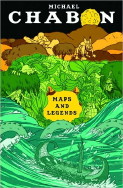
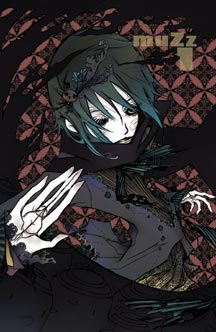
 Just last week, a secret package of photocopied pages, marked "CONFIDENTIAL — DO NOT REPRODUCE" landed on my desk. Included were three books from DC’s newish manga imprint, CMX, from across the range of their titles. And so, through great personal travail — and with the assistance of someone at DC who must remain nameless, since there was no cover letter — here are the first ComicMix reviews of CMX books…
Just last week, a secret package of photocopied pages, marked "CONFIDENTIAL — DO NOT REPRODUCE" landed on my desk. Included were three books from DC’s newish manga imprint, CMX, from across the range of their titles. And so, through great personal travail — and with the assistance of someone at DC who must remain nameless, since there was no cover letter — here are the first ComicMix reviews of CMX books…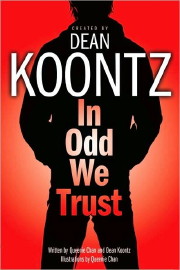

 The two books this week are actually manwha rather than manga, since they come from Korea and not Japan. Other than the reading direction, both of these books are more similar to their Japanese counterparts than to American comics, which I will demonstrate, viz:
The two books this week are actually manwha rather than manga, since they come from Korea and not Japan. Other than the reading direction, both of these books are more similar to their Japanese counterparts than to American comics, which I will demonstrate, viz: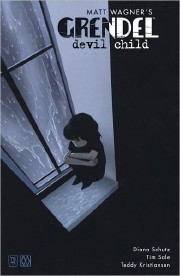 It’s generally not a good sign when a series turns from telling stories at the far end of its timeline to filling in the gaps in earlier stories and explaining all the backstory — do I need to mention George Lucas here? — so these two new collections filled me with some trepidation. They’re both reprints of older material — older even than I thought, from 1999 and 1994-95 — but were explicitly returns to even earlier stories.
It’s generally not a good sign when a series turns from telling stories at the far end of its timeline to filling in the gaps in earlier stories and explaining all the backstory — do I need to mention George Lucas here? — so these two new collections filled me with some trepidation. They’re both reprints of older material — older even than I thought, from 1999 and 1994-95 — but were explicitly returns to even earlier stories.
